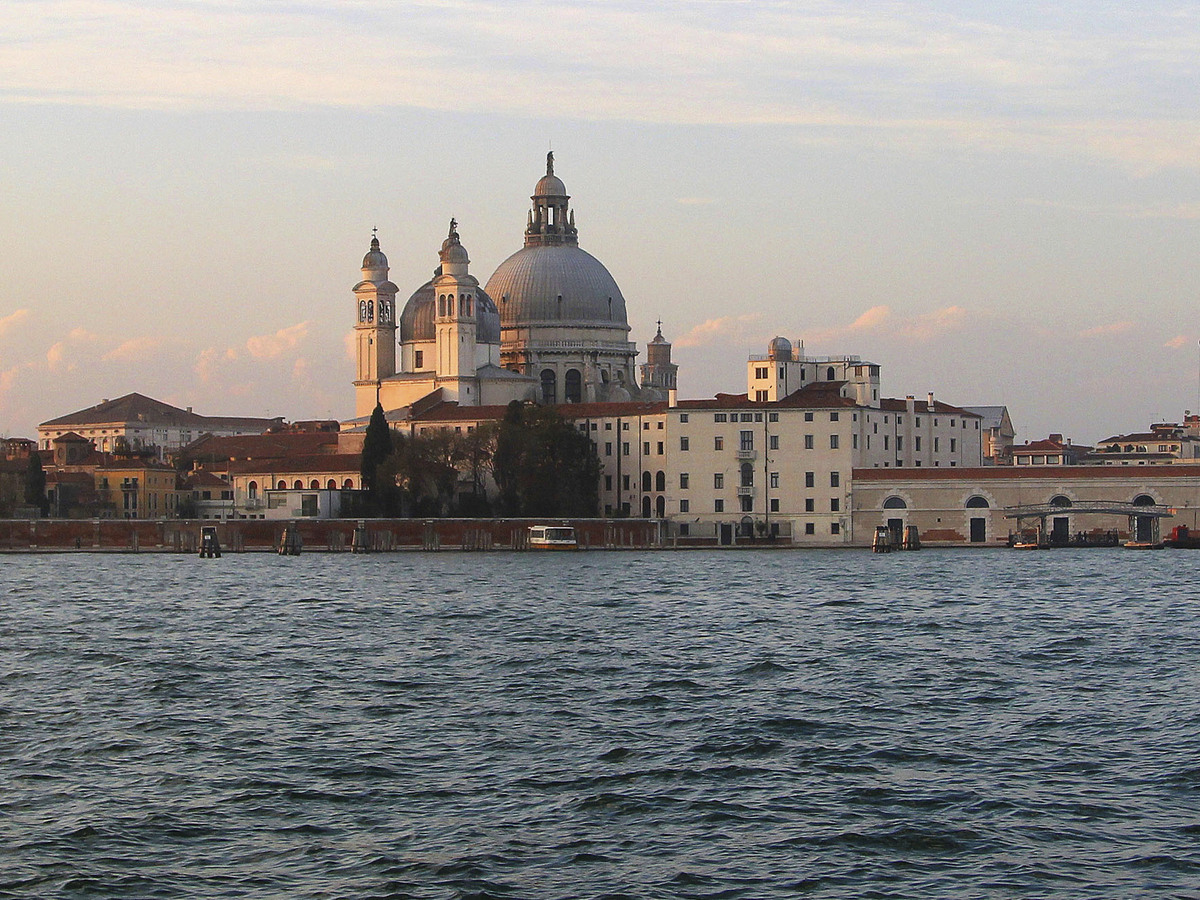The Venice Film Festival Returns In The City Where The Word ‘Quarantine’ Began

Enlarge this image
A man wears a pest doctor mask in St. Mark’s Square in Venice. Venice’s central place in the history of battling pandemics provides a relevant backdrop to this year’s Venice Film Festival, which opens Wednesday.
Luca Bruno/AP
hide caption
toggle caption
Luca Bruno/AP

Enlarge this image
Men wear masks, some of them pest doctor masks, in St. Mark’s Square in Venice.
Luca Bruno/AP
hide caption
toggle caption
Luca Bruno/AP

Enlarge this image
The Basilica di Santa Maria della Salute (St. Mary of Health) at sunset as seen from the water to the south. The church, built after plague broke out in the 17th century, is a fixture of the city’s skyline.
Michelle Locke/AP
hide caption
toggle caption
Michelle Locke/AP
The Basilica di Santa Maria della Salute (St. Mary of Health) at sunset as seen from the water to the south. The church, built after plague broke out in the 17th century, is a fixture of the city’s skyline.
Michelle Locke/AP
That concept would transform years later into a proper quarantine, an isolated place for people merely suspected of carrying the plague — crews of merchant ships — to wait out 40 days of surveillance while their cargo was disinfected, he said.
During the 1575-1577 plague, doctors increasingly used the beak-nosed masks filled with aromatic herbs to try to protect themselves from the sick, still not realizing that the plague was carried mostly by bacteria-infected fleas on rats, not «bad air.»
«It was still a crucial experience for the history of medicine, the history of health care and the history of managing infectious diseases,» Zampieri said.
After the 1630 pestilence again wiped out around a third of the population, weary Venetians gave thanks to the Virgin Mary that even more lives weren’t taken: They built the Santa Maria della Salute (St. Mary of Health) church across the Grand Canal from St. Mark’s Square, one of the city’s most visible and iconic images.
The central location of the huge, white octagonal domed basilica at the tip of Venice’s custom’s port was entirely intentional, to show the city’s gratitude that it had once again survived and rebounded from the pestilence, said art historian Silvia Marchiori, curator of the Venice Patriarchate’s Manfrediniana museum.
«When you arrived in Venice, you arrived from the sea, not land, so you had to notice this great temple that was built in white Istrian stone to attract attention,» she said.
To this day, Venetians venerate an icon of the Madonna in the basilica during one of the city’s main religious festivals on Nov. 21, a day dedicated to offering prayers for good health, she said.
Whether by prayer, public health policy or discipline, Venice as a whole fared relatively well during its latest pandemic. The city took the extraordinary decision in February 2020 — when coronavirus was just beginning to be detected in northern Italy — to cancel its famous Carnival. It stayed locked down during the worst of the pandemic, watching as neighboring Lombardy and even parts of the surrounding Veneto region got slammed with infections and deaths in one of Europe’s worst-hit countries.
Movies
What It’s Like To Attend A Film Festival During The Pandemic
Venice has been rewarded with a steady return of visitors this spring and summer, just in time for celebrations marking the 1,600th anniversary of the founding of the city, the film festival, sailing regattas and star-studded fashion shows by Valentino and Dolce & Gabbana.
It’s all part of Venice’s efforts to attract visitors who stay, spend and appreciate the city’s history and artistry, rather than day-trippers who take a gondola ride down the Grand Canal and call it a day, said tourism chief Venturini.
«These are the pillars on which we’re building a post-COVID tourism,» he said.
- coronavirus pandemic
- film festival
- Venice
- Italy













Комментарии 0